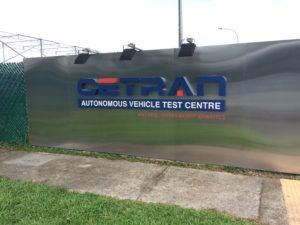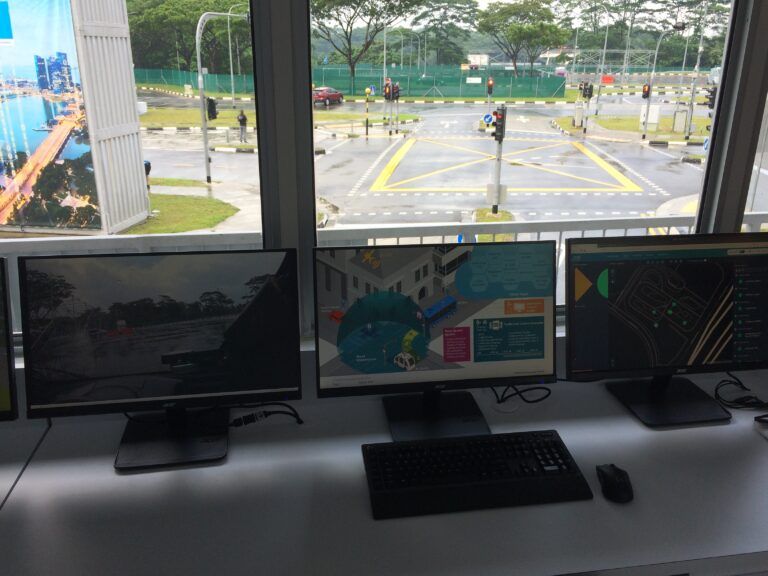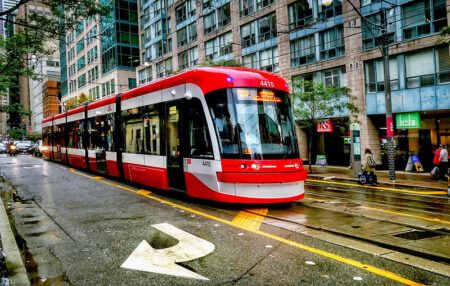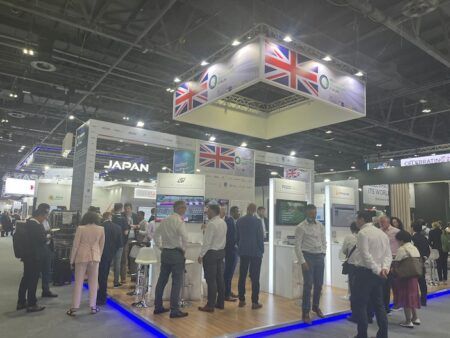At the ITS World Congress this week (October 21-22) officials from the host city-state of Singapore focused attendees on one of the nation’s most ambitious transportation objectives – delivering on-demand autonomous shuttle-bus services early next decade.
Making a keynote speech at the first Plenary Session of the week, Dr Swan Gin Beh, chairman of the Economic Development Board, Singapore, reminded attendees that earlier this year Singapore issued a Call for Collaboration on testing and developing such services, with a view to helping to solve first- and last-mile challenges.
This ambitious plan follows on from testing that is already ongoing at the CETRAN (Centre of Excellence for Testing & Research of Autonomous Vehicles NTU) test center of full-size autonomous buses that are planned to operate on a fixed route, which Dr Beh spoke about first.
 “In March this year after undergoing vigorous testing at CETRAN, Volvo buses started testing its full-size autonomous bus within the NTU campus, and will eventually bring this outside onto public roads,” said Dr Beh. “The government has already demarcated routes to support the testing of AVs on open roads. The length of these test routes has increased over the years and now extend into major precincts and residential areas.”
“In March this year after undergoing vigorous testing at CETRAN, Volvo buses started testing its full-size autonomous bus within the NTU campus, and will eventually bring this outside onto public roads,” said Dr Beh. “The government has already demarcated routes to support the testing of AVs on open roads. The length of these test routes has increased over the years and now extend into major precincts and residential areas.”
“Our next step,” he continued, “which is the more ambitious one, is to plan for larger scale deployment of autonomous shuttles and buses in three of our towns: Punggol, Tengah and the Jurong Innovation District, for connected use in the early 2020s. We are the midst of engaging potential operators and will share more about this in due course.
As part of the ITSWC 2019 week, at the NTU (Nanyang Technological University) CETRAN test center, Siemens has been demonstrating technology that could one day become vital to such autonomous services.
The system they are testing involves putting autonomous vehicle sensors, such as lidar and radar on infrastructure, in order to create a digital twin of the test area, which can be broadcast to autonomous vehicles using DSRC. In this way AVs will be able to ‘see round corners’ and their systems will become safer and more robust.
Michel Obadia, CEO of Siemens Mobility, Asia Pacific, says, “Autonomous shuttle services will help to solve the skills shortage in this sector. Young people don’t want to be bus drivers anymore. If you want to have on demand shuttles to solve the first and last mile problem, you need even more drivers. Autonomy is the solution.”






